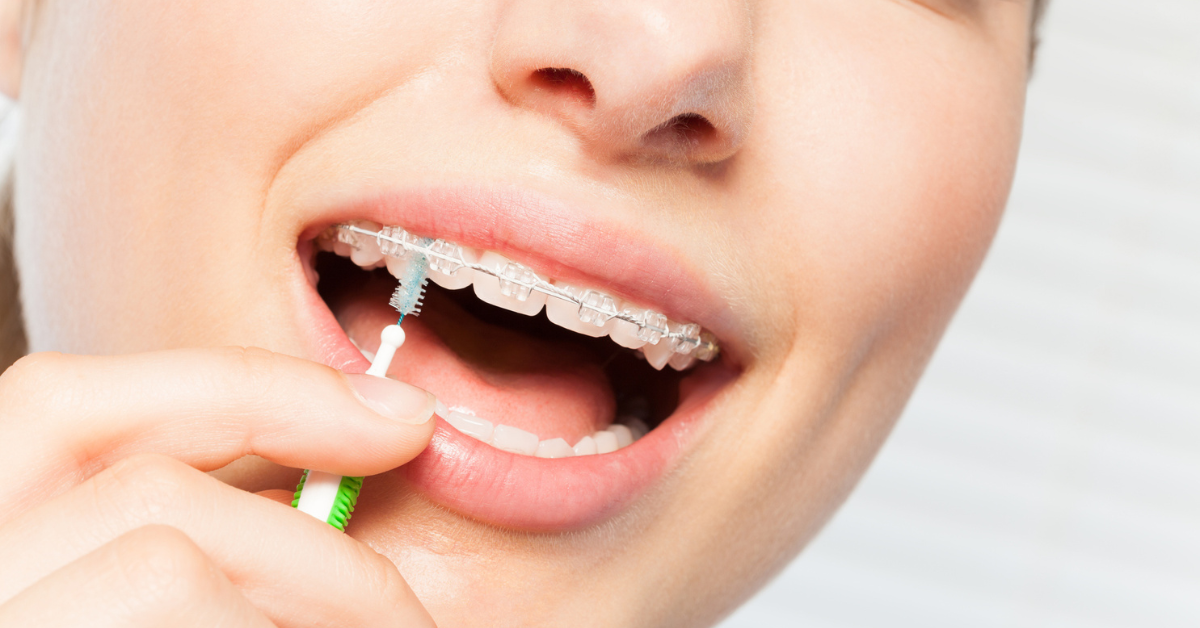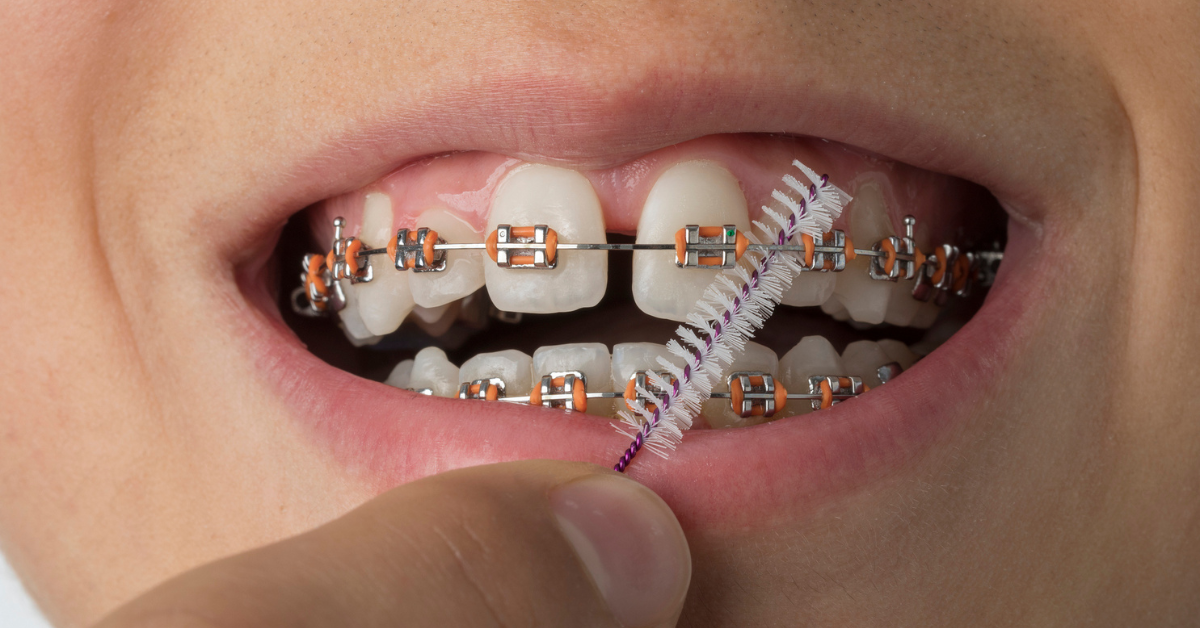Posted on August 14, 2025

When it comes to keeping your teeth healthy, most people think brushing twice a day and flossing is enough. While those are important steps, there’s one small but mighty tool that can take your oral hygiene to the next level—the interdental brush. These tiny, specialized brushes are designed to clean the spaces between your teeth and around orthodontic appliances like braces, bridges, and implants. And if you’re wearing braces right now, they may just become your new best friend.
At SmileyVille Braces, led by Dr. Art Wickson in Louisville, KY, we’re passionate about helping our patients achieve not just a beautiful smile, but a healthy one too. That means teaching you about the tools and habits that make oral care easier and more effective. So today, we’re diving deep into what makes interdental brushes so helpful, how to choose the right one, and why they might be the missing piece in your daily routine.
An interdental brush is a small, reusable brush designed to fit between your teeth, cleaning spots your regular toothbrush can’t reach. Think of it as a miniature bottle brush for your smile. It consists of a thin handle and a bristled tip, which comes in different widths and shapes to suit various gaps between teeth.
These brushes are especially helpful for:
While floss is still important, interdental brushes have been shown to remove more plaque in certain situations, making them a valuable addition to your toolkit.
Braces do a fantastic job of straightening teeth, but they also create a lot of tiny nooks and crannies for plaque to hide in. Traditional flossing becomes trickier when you have to maneuver around wires and brackets, which means some areas may not get fully cleaned.
Here’s why interdental brushes are perfect for braces wearers:
For many of our orthodontic patients, learning to use an interdental brush has been a turning point in keeping their smiles fresh and healthy during treatment.
Even if you don’t have orthodontic appliances, interdental brushes still have a lot to offer. Some of their biggest benefits include:
Like toothbrushes, interdental brushes aren’t one-size-fits-all. Choosing the right type is essential for comfort and effectiveness. Here are some of the most common options:
Using an interdental brush that’s too big can irritate your gums, while one that’s too small won’t remove enough plaque. The best way to find your ideal size is to ask your orthodontist or dentist for a recommendation.
At SmileyVille Braces, we help patients choose the right size and even show them how to use the brush correctly. Many people benefit from having two or three different sizes to cover all the spaces in their mouth.
The short answer: yes, if possible. Floss can reach tight spaces that brushes can’t, while brushes are better at removing plaque from larger gaps and around appliances. Many people find that combining both tools gives them the best results.
If you’re short on time, using an interdental brush at least once a day can still make a noticeable difference in your oral health.

If your child or teen has braces, getting them into the habit of using an interdental brush can save them from a lot of future dental issues. The key is making it simple and quick so it becomes part of their daily routine.
At SmileyVille Braces, we often show younger patients fun ways to “race” through cleaning their braces with interdental brushes so it feels less like a chore.
Keeping your gums healthy isn’t just about avoiding cavities—it’s about protecting your whole body. Gum inflammation has been linked to conditions like heart disease, diabetes, and even certain types of dementia. By using tools like interdental brushes, you’re not only protecting your smile but also supporting your long-term well-being.
Located in Louisville, SmileyVille Braces is led by Dr. Art Wickson, a skilled orthodontist who combines expert care with a friendly, budget-conscious approach. Our team takes pride in guiding patients through every step of their orthodontic journey—not just with treatment plans, but with the tools and tips that keep smiles healthy along the way.
We offer:
If you’ve been relying solely on a toothbrush and floss, now’s the perfect time to give interdental brushes a try—especially if you’re wearing braces. With the right size and technique, you’ll be amazed at how much cleaner and fresher your mouth feels.
At SmileyVille Braces, we’re here to help you choose the right tools, perfect your technique, and keep your smile in top shape from start to finish.
Schedule your free consultation and take the first step toward a healthier, happier smile!